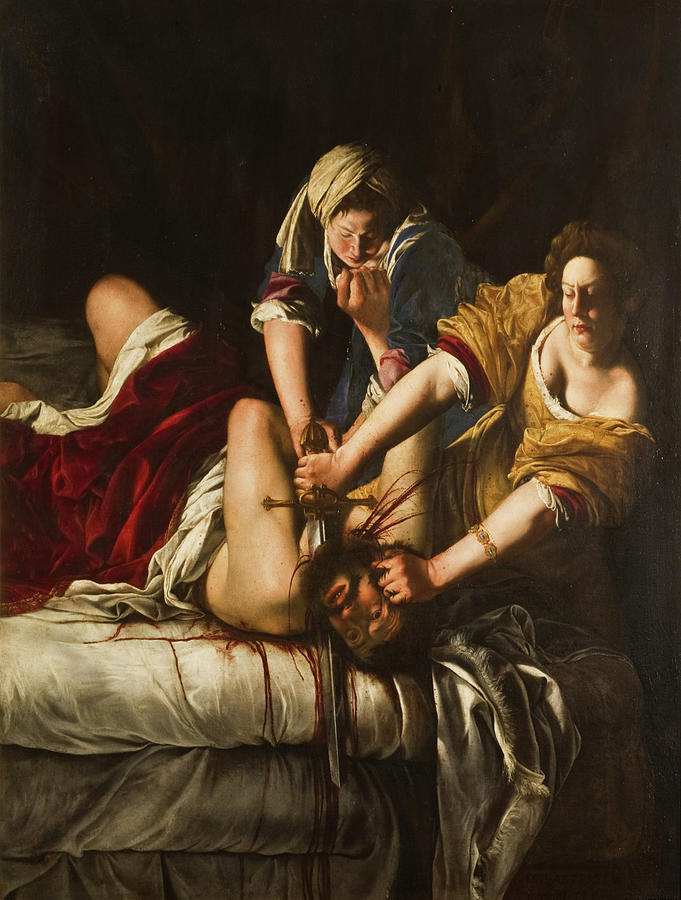This is a Clilstore unit. You can .
Artemisia Gentileschi, 1593-1656, (Baroque)
Gentileschi is the most celebrated female painter of the 17th century. She worked in Rome, Florence, Venice, Naples and London, for some of the highest-ranking personages of European society, including the Grand Duke of Tuscany and Philip IV of Spain.
Gentileschi was born in Rome, the eldest of five children and only daughter of Orazio Gentileschi, an artist in his own right, under whom she trained. She was producing professional work by the age of 15. In 1611, she was raped by the painter Agostino Tassi, an acquaintance and collaborator of her father’s. A trial was held the following year, the major issue of which was the fact that Tassi had violated the Gentileschi family's honour, and charges were not pressed for the rape of Gentileschi. During the trial, Gentileschi was tortured with thumbscrews for the purpose of verifying her testimony. Tassi was found guilty and banished from Rome, though his punishment was never enforced.
Following the trial Gentileschi married a little-known Florentine artist by the name of Pierantonio di Vincenzo Stiattesi, and soon after the wedding, they left Rome for Florence. There she had five children and established herself as an independent artist, becoming the first woman to become a member of the Academy of the Arts of Drawing in 1616. Gentileschi returned to Rome in 1620 to escape the insistent demands of creditors after accumulating a number of debts, and she remained there for 10 years.
From 1630 she settled in Naples, where she ran a successful studio until her death. She briefly visited London in 1639, perhaps to assist her father, who was in poor health, on the ceiling painting of the Queen’s House in Greenwich. She was back in Naples the following year.
Many of Gentileschi's paintings feature women from myths, allegories, and the Bible, including victims, suicides, and warriors.
Working initially in the style of Caravaggio, Gentileschi was known for being able to depict the female figure with great naturalism and for her skill in handling colour to express dimension and drama.

Judith Salying Holofernes, 1612
Short url: https://clilstore.eu/cs/11262